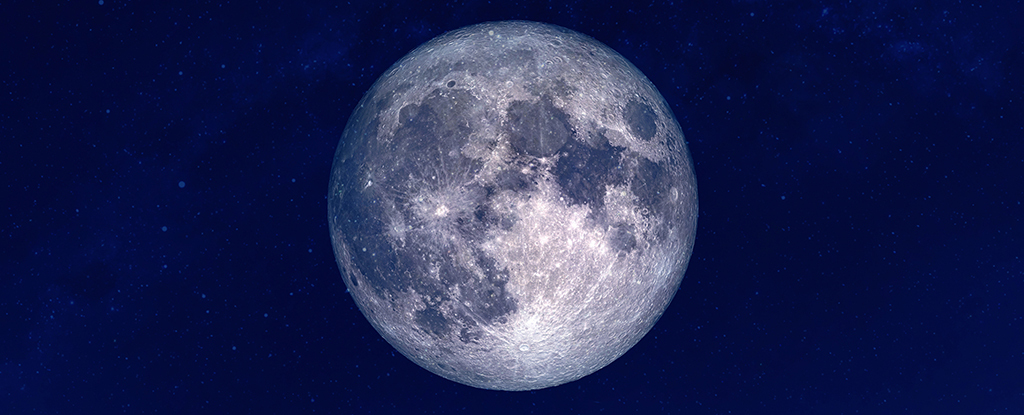“A shared definition of time is an important part of safe, resilient, and sustainable operations.”
The researchers at NASA want to use atomic clocks to tell the time on the Moon, in the same way they’re used on Earth. These clocks are based on the energy frequency required for electrons to change state in specific types of atoms, allowing us to keep track of time to an incredibly precise degree.
There’s a problem though: Gravitational differences between Earth and the Moon equate to differences in the length of each second, meaning timepieces on the lunar surface will gain about 56 microseconds per day on the terrestrial ones.
“For something traveling at the speed of light, 56 microseconds is enough time to travel the distance of approximately 168 football fields.”



Why don’t they simply run the Moon on Earth time, e.g. UTC? The derivation between Earth and Moon timepieces is known and can easily brought in as a correcting factor.
Then a second on the moon is not the same length as a second on earth, and that can also cause problems.
It is all a question of definition. The second is defined as “the duration of 9,192,631,770 periods of the radiation corresponding to the transition between the two hyperfine levels of the ground state of the caesium-133 atom” - obviously with Earth conditions in mind.
So if Moon time is 56 microseconds ahead of Earth time per day, why not just adding 514,787.37912 transitions periods per day in Moons atomic clocks, and everything is fine?
Because then seconds are longer on the moon, so if you tell your spaceship “burn fuel for 16.52891 seconds” it may burn fuel for slightly too long or too short if two people on the team used different definitions of seconds. We’ve already had historical spacecraft malfunctions due to confusion about units.
Communication requirements rely on time being in sync, but engineering requirements rely on time having a time having a fixed length definition.
The real solution is probably something like a time zone that relative to earth time progresses faster but periodically adds leap seconds, or something along those lines.
This isn’t that outrageous of a solution when you learn that we are frequently adding leap seconds to our earth clocks already.
The article author is either confused or over-simplifying. We don’t need a “time zone” for the moon an earth time zone would almost certainly be used by anyone on the moon.
What we need is a standard way for how we keep time on the moon. Mainly so that we can establish the lunar equivalent of GPS.